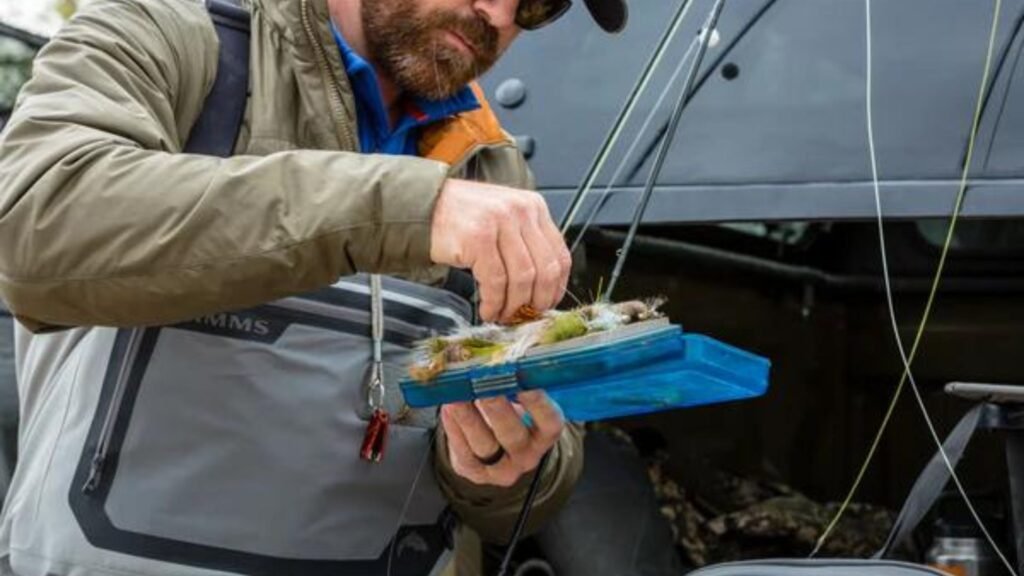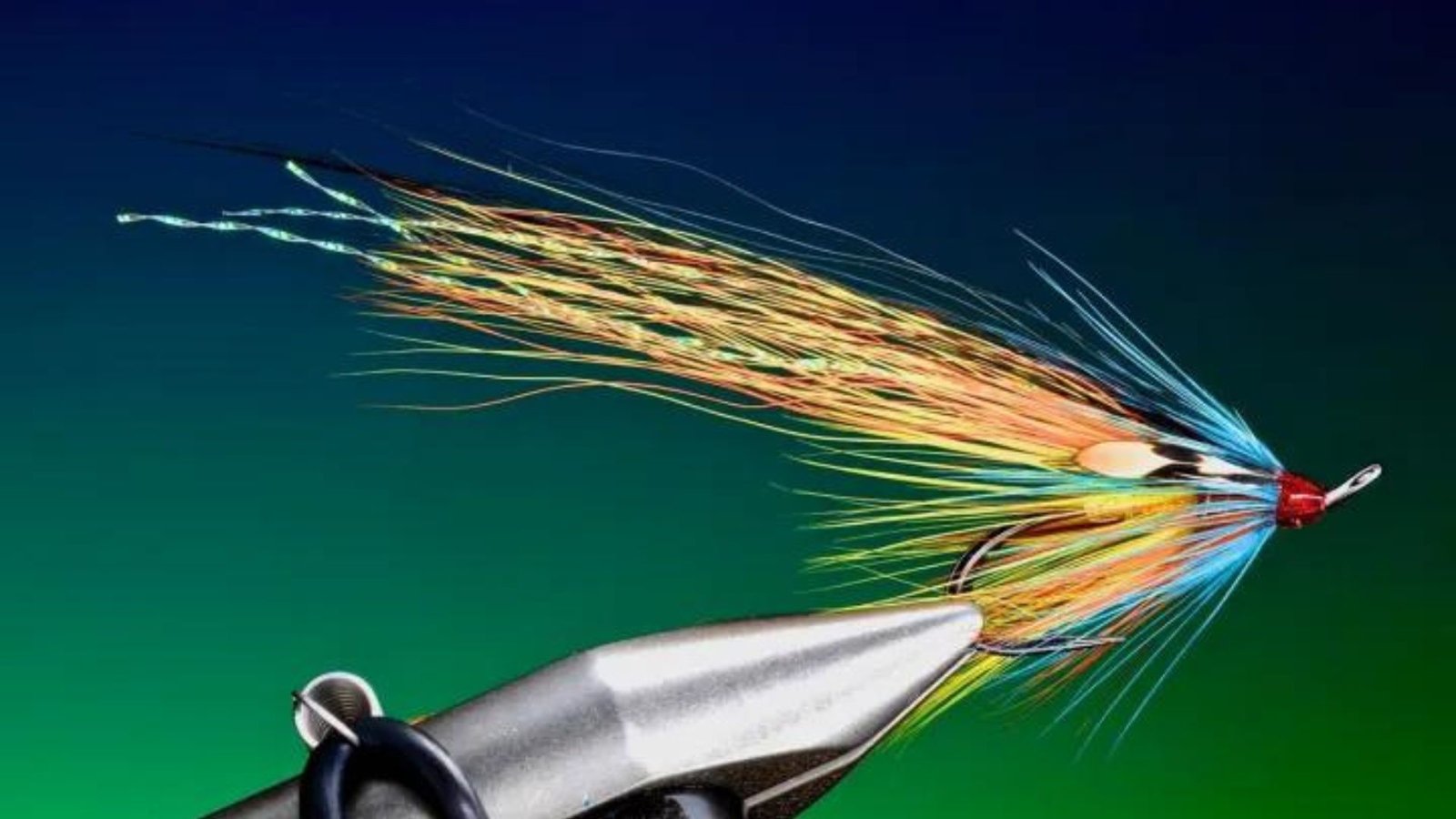Choosing the right salmon fly for steelhead fishing can significantly impact your success on the water. Steelheads are known for their selective feeding habits and can be challenging to catch. Here are several effective strategies to help you select the best salmon fly for targeting these prized fish.

Ways to Select the Best Salmon Fly for Steelhead
Understanding Steelhead Feeding Behavior
Steelheads are known for their discerning tastes and may be selective about the flies they strike. Understanding their feeding behavior is crucial. They often feed on aquatic insects, small fish, and crustaceans, so your fly choice should mimic these natural prey items.
Researching Local Hatch Patterns
Researching local hatch patterns and prevalent food sources in the river you plan to fish can provide valuable insights into which flies are most effective. Match your fly patterns to the insects or baitfish that steelhead are feeding on during that particular season.
Choosing Fly Patterns Based on Water Conditions
Select fly patterns based on the water conditions you’ll be fishing in. Brightly colored flies like oranges, pinks, and chartreuses are effective in cloudy or murky water, while more natural and subdued colors like browns and blacks work well in clear water conditions.
Selecting Flies for Different Seasons
Steelhead behavior changes with the seasons, affecting their feeding preferences. Use larger, more vibrant patterns during spawning runs in the fall and winter, while smaller, more natural-looking flies are effective during the summer and spring when steelhead are less aggressive.
Considering Fly Size and Profile
The size and profile of your fly can make a significant difference in enticing steelhead strikes. Choose flies that match the size of the natural food sources available in the water. Vary the weight and size of your flies based on the water depth and current speed to achieve the desired presentation.
Experimenting with Different Retrieval Techniques
Steelhead can respond differently to various retrieval techniques. Experiment with stripping, swinging, and dead-drifting your fly to determine which technique elicits the most strikes. Adjust your retrieve speed and depth to match the steelhead’s feeding behavior and activity level.
Consulting Local Guides and Anglers
Local guides and experienced anglers can provide valuable insights into effective fly patterns and techniques for steelhead fishing in specific rivers or regions. Seek recommendations on successful flies and fishing strategies tailored to your target location.
Testing and Adapting
Steelhead fishing often requires trial and error. Be prepared to test different fly patterns, sizes, and colors throughout your fishing trip. Pay attention to which flies produce strikes and adjust your approach accordingly based on real-time observations.
Investing in Quality Flies
Invest in high-quality flies tied with durable materials and sharp hooks. Well-constructed flies are more likely to withstand the rigors of steelhead fishing and maintain their effectiveness over multiple casts and fishing sessions.
Conclusion
Selecting the best salmon fly for steelhead involves understanding their feeding habits, adapting to water conditions, and experimenting with different fly patterns and techniques. By researching local hatch patterns, seeking advice from experts, and testing various approaches, you can increase your chances of a successful steelhead fishing trip.



